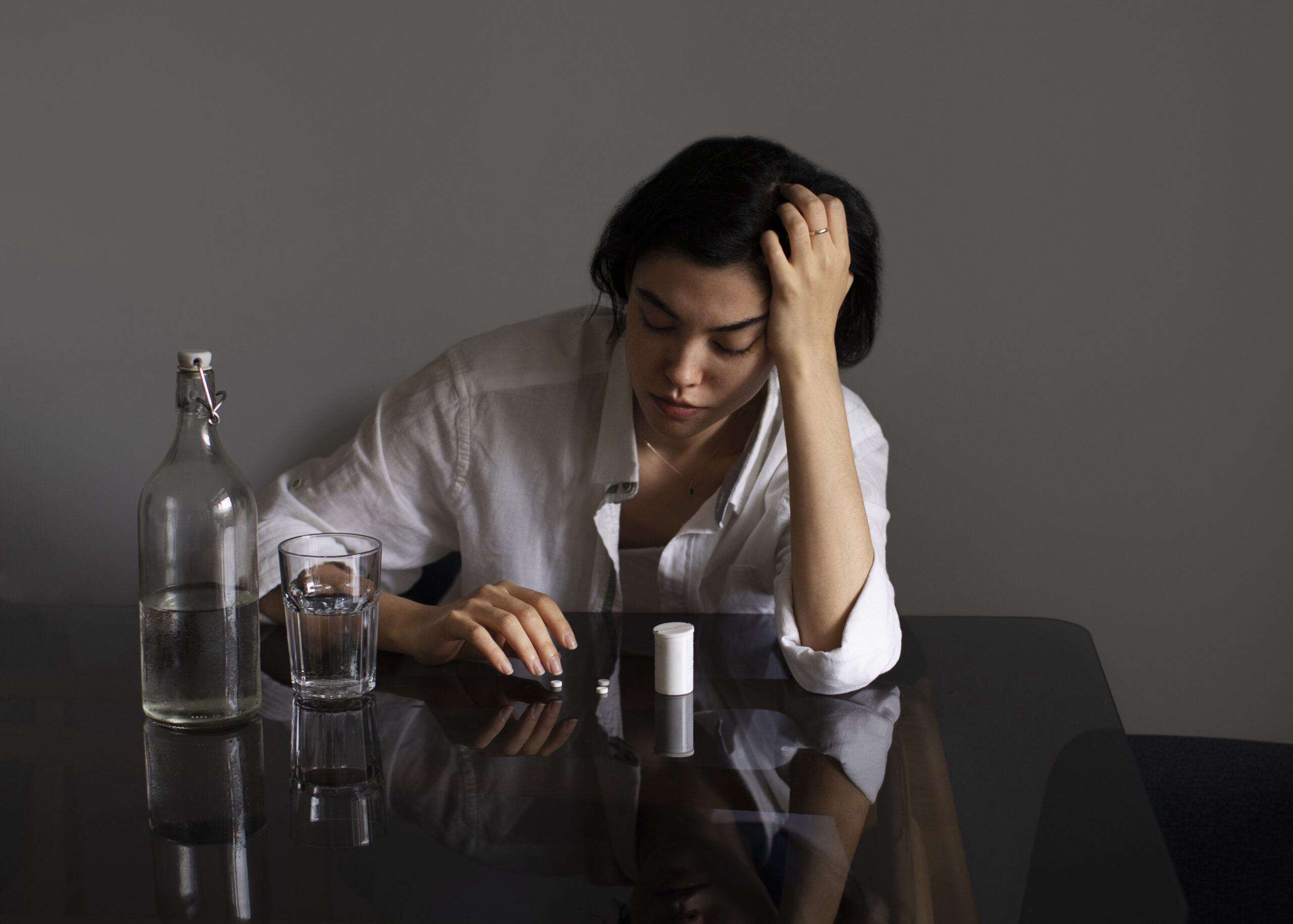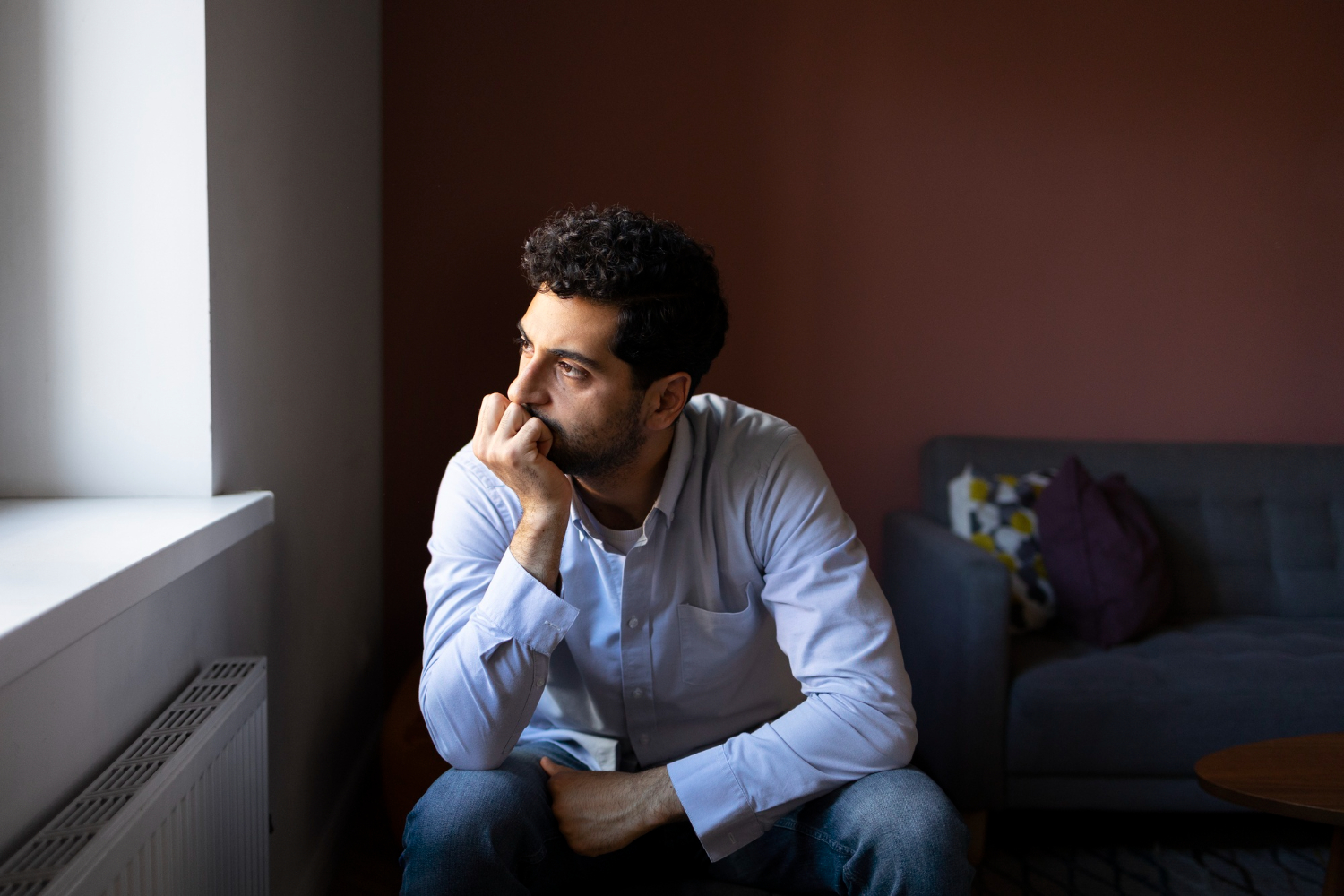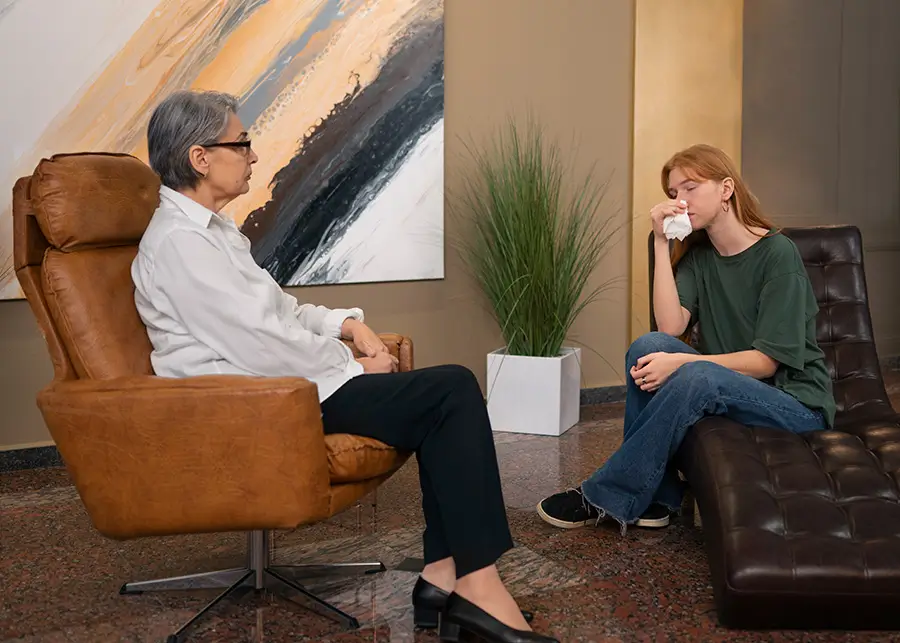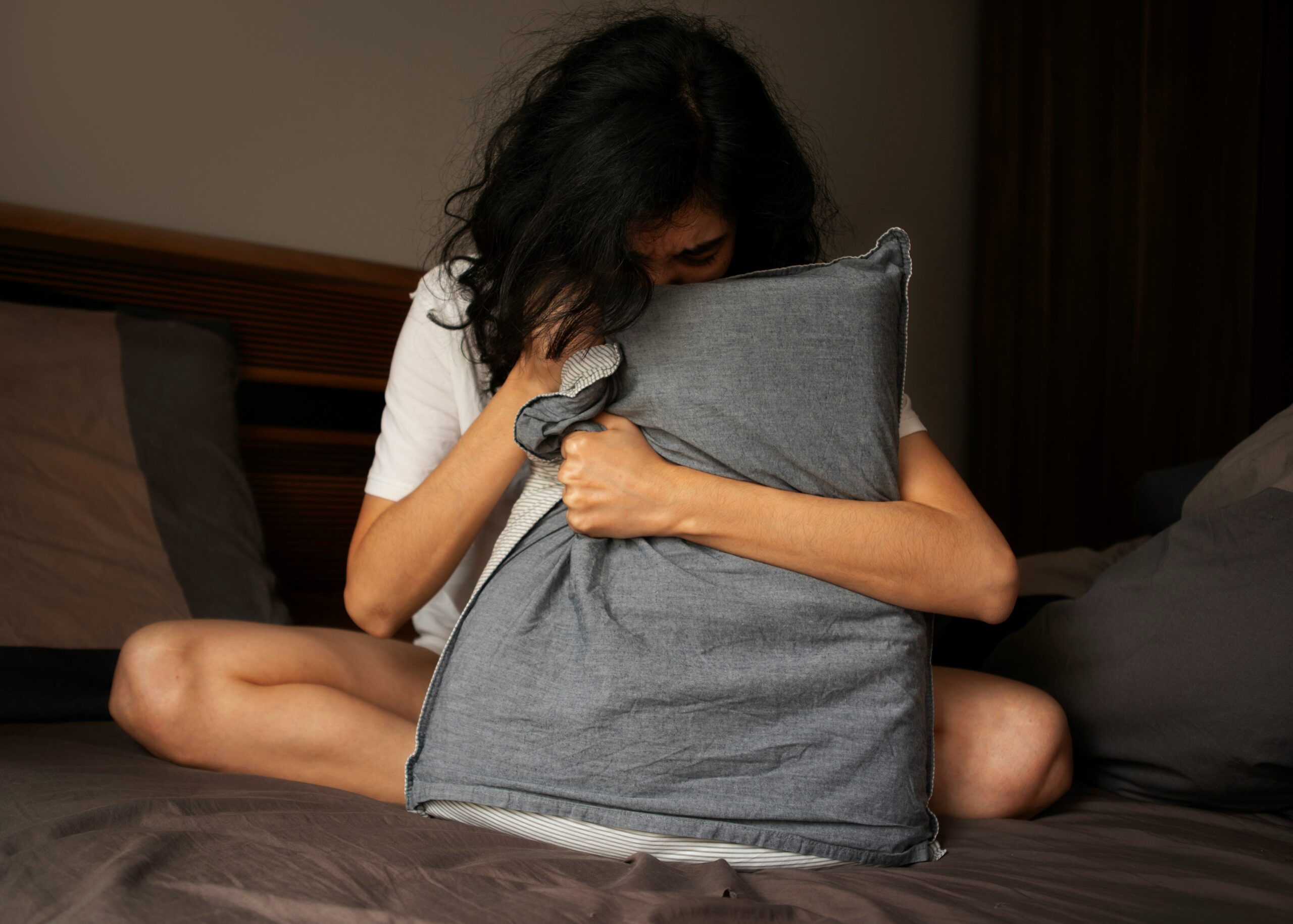Key Takeaways
- Valium, also known as diazepam, is a prescription medication that can be highly addictive when misused.
- While Valium has legitimate medical uses, such as treating anxiety or muscle spasms, it carries a risk of dependence and addiction.
- Genetic factors, environmental triggers, and self-medication are risks that can contribute to the development of Valium addiction.
- Recognizing the signs of Valium addiction (e.g., shaking or sweating when not using, mood swings, declining work performance) early is crucial for seeking help and preventing long-term health issues.
- Recovery from Valium addiction is possible with proper medical detox, therapy, and support systems.
Sometimes, it’s not about quitting, it’s about starting to heal!

Dependence Dilemma: The Truth About Valium
Valium: a name you’ve probably heard, synonymous with relief from anxiety and tension. But there’s a shadow that looms over this well-known medication—the risk of addiction. Let’s dive deep into understanding what Valium is, how it’s used, and why, for some, it becomes a tightrope walk between therapeutic use and dependency.
Brief Overview of Valium
Valium, or diazepam, is part of a powerful group of drugs known as benzodiazepines. Doctors prescribe it to soothe anxiety, relax muscles, and even manage seizures. Its superpower lies in enhancing a neurotransmitter in the brain called GABA, which calms the nervous system. But with great power comes great responsibility. The very qualities that make Valium effective can also make it habit-forming, especially if not used as directed.
Valium’s Place in Medicine
In the realm of medicine, Valium is a veteran. For decades, it’s been used to bring peace to overactive minds and bodies. It’s a go-to for short-term anxiety relief, muscle spasm treatment, and easing the tremors of alcohol withdrawal. Because it’s so effective, it’s easy to think of Valium as a harmless quick fix. But the truth is, its potential for addiction cannot be ignored.
The Use and Misuse of Valium
Did you know that Valium can also be used for good causes?
Valium’s Therapeutic Use
When you take Valium as your doctor prescribes, it can be a safe haven. It’s like a lifeboat in the choppy seas of panic attacks or a shield against the jitters of a big event. The key is to use it sparingly and under strict medical guidance. This isn’t a medication to be taken lightly or to be experimented with—it’s a tool, and like all tools, it requires respect and caution.
When Use Turns Into Misuse
But sometimes, the line between use and misuse blurs. Maybe it starts with taking an extra pill for just a bit more calm. Then, before you know it, you’re needing more to feel “normal.” This is where misuse creeps in, and with it, the risk of sliding down the slippery slope to addiction. Remember, it’s not just about how much you take, but why and how you’re taking it.
The Slippery Slope to Addiction
And when Valium in not taken according to the doctor’s prescription, it can easily slip into addiction.
How Valium Addiction Develops
So, how does this happen? How does a medication, intended to help, end up causing harm? It begins with tolerance—your body gets used to the drug, and you need more to feel the same effect. Then comes dependence, where your body starts to feel like it can’t function without Valium. Finally, addiction sets in, and it’s not just a physical craving but a psychological need that takes over your life.
But it’s not just about the drug. It’s about the person taking it, too. Everyone’s different, with unique biology and life experiences that shape how they react to medications like Valium. That’s why some people can take it with no problems, while others find themselves caught in addiction’s grasp.
Recognizing Psychological Dependence
Psychological dependence is sneaky. It’s not always obvious like physical dependence can be. It’s the feeling that you can’t cope without the drug, that it’s a crutch for your emotions and mental state. You might find yourself thinking about your next dose, worrying about running out, or feeling anxious at the thought of not having Valium in your life. That’s your red flag, waving high and urging you to seek help.
But how do you spot these signs in yourself or someone else? Look for changes in behavior, such as neglecting responsibilities or losing interest in activities once enjoyed. Pay attention to mood swings or increased secrecy about drug use. These are the breadcrumbs that lead to the larger issue of addiction.
In the next section, we’ll explore the factors that influence Valium addiction, the clear signs that Valium has become a problem, and most importantly, how to navigate the road to recovery. Because remember, no matter how deep into addiction someone might be, there’s always a path leading back to a life free from dependence.
Factors That Influence Valium Addiction
Understanding the nuances of Valium addiction means acknowledging the factors that contribute to its grip. It’s not just a matter of willpower; a complex tapestry of genetics, environmental stressors, and psychological needs all play their part. And sometimes, the very attempt to find solace from anxiety or insomnia with Valium paves the way for dependency.
Genetic Predisposition and Environmental Triggers
Did you know that your DNA could have a say in your risk of addiction? It’s true. Genetics can make you more susceptible to the siren call of substances like Valium. Combine this with environmental triggers—like stress, trauma, or peer pressure—and you’ve got a potent recipe for addiction. But remember, while these factors may stack the deck, they don’t dictate your destiny. Awareness and support can be powerful allies in avoiding the pitfalls of addiction.
Self-Medication and the Risk of Dependence
It’s a story as old as time: turning to substances to numb the pain. When life throws curveballs, some may self-medicate with Valium to quiet the chaos. But this temporary fix can lead to a permanent problem. Self-medication masks the underlying issues rather than addressing them, setting the stage for dependence to take root. If you find yourself reaching for Valium to deal with life’s ups and downs, it’s time to pause and seek healthier coping mechanisms.
Clear Signs Valium Has Become a Problem
How do you know if Valium use has crossed the line into dangerous territory? There are some clear markers to watch for. If you or someone you love is experiencing these signs, it’s time to take action:
Physical Symptoms of Addiction
Examples of physical symptoms include increased tolerance to Valium’s effects, withdrawal symptoms like shaking or sweating when not using, and physical cravings. These signs indicate the body’s reliance on the substance.
Physical symptoms often speak loudly. You might notice an increased tolerance, meaning more Valium is needed to achieve the same calming effect. Withdrawal symptoms can also be a telltale sign. They can range from restlessness and insomnia to more severe reactions like seizures if Valium use is suddenly stopped. It’s these physical red flags that often prompt individuals to realize they need help.
Behavioral Changes to Look Out For
Behavioral changes can be subtler but equally telling. Maybe there’s a newfound secrecy around medication, or a preoccupation with obtaining and taking Valium. Relationships might suffer, or work performance could decline. These shifts in behavior are not just random; they’re signposts pointing toward a deeper issue with Valium.
Safe Paths to Treatment and Recovery
Recognizing the problem is a brave first step, but what comes next? Treatment and recovery are journeys that, while challenging, can lead to a life of freedom and health. The key is to approach recovery with a plan and support.
Detox and Withdrawal: What to Expect
Detox is the body’s process of eliminating Valium, and it can be tough. Withdrawal symptoms can range from mild anxiety and tremors to more severe, potentially life-threatening conditions like seizures. This is why medical supervision during detox process is critical. It provides a safe environment where withdrawal can be managed with the least amount of discomfort.
Most importantly, detox is not the end, but the beginning of recovery. It clears the slate, but the work of building a Valium-free life lies ahead.
Therapies and Support Systems for Recovery
After detox, therapy and support systems become the backbone of lasting recovery. Cognitive Behavioral Therapy (CBT), support groups, and even medications to manage withdrawal symptoms are all part of the toolbox. These resources provide the skills and support needed to go through life without Valium, addressing the root causes of addiction and forging new, healthier habits.
Relevance Recovery: Life After Valium
Imagine a life where Valium no longer holds power over you. This is what recovery can offer—a chance to rebuild, to rediscover passions, and to reconnect with loved ones. It’s not just about abstaining from a drug; it’s about creating a fulfilling life that makes the idea of returning to Valium unattractive.
Recovery is a daily commitment, and it’s one worth making. With the right help and determination, it’s entirely possible to leave Valium addiction in the past and step into a brighter, healthier future.
Rebuilding Life and Managing Triggers
After overcoming the physical grip of Valium, the next step is to rebuild your life. This means identifying and managing triggers—those situations, emotions, or people that tempt you to use again. It’s about creating a new routine, one that includes healthy stress-relief strategies like exercise, meditation, or hobbies. It’s also about setting goals, whether they’re career-oriented, personal growth, or relationships, and working towards them one step at a time.
Maintaining Sobriety: Long-Term Strategies
Maintaining sobriety is a lifelong journey. It’s about making a daily commitment to stay clean and being proactive about your recovery. Here are some long-term strategies that can help:
- Stay connected with your support network, whether it’s friends, family, or support groups.
- Continue therapy or counseling to work through emotional challenges and strengthen your coping skills.
- Develop a wellness routine that prioritizes physical health, mental clarity, and emotional stability.
- Keep a journal to reflect on your progress and remind yourself of how far you’ve come and where you want to go.
- Volunteer or help others who are facing similar struggles. Giving back can reinforce your own commitment to recovery.
How Relevance Recovery Helps for Valium Addiction
At Relevance Recovery, we understand the complexities of addiction. That’s why we have a specialized Benzo Treatment program that includes medical detox, individualized therapy, group support, and aftercare planning. Our focus is not just on quitting the drug but on healing the whole person. By addressing the physical, emotional, and psychological aspects of addiction, Relevance Recovery helps individuals build a foundation for long-term sobriety and a better quality of life.
Contact us to learn more about what we do at Relevance Recovery to help people living with Valium addiction.
Your Path to Recovery Begins Here
Frequently Asked Questions (FAQ)
1. What exactly is Valium prescribed for?
Valium is prescribed for a variety of conditions, including anxiety disorders, muscle spasms, and seizures. It’s also used to manage symptoms of alcohol withdrawal. However, because of its potential for addiction, it’s typically prescribed for short-term use under close medical supervision.
2. How quickly can someone become addicted to Valium?
The risk of addiction varies from person to person. Some may develop a dependency within a few weeks, especially if they take higher doses than prescribed or use Valium without a prescription. It’s important to follow your doctor’s instructions and to be aware of the signs of dependency.
3. Is it safe to stop Valium abruptly if you’ve been using it regularly?
No, stopping Valium abruptly can be dangerous and lead to severe withdrawal symptoms, including seizures. If you’ve been using Valium regularly, it’s crucial to taper off the drug under medical supervision. A healthcare provider can create a safe and gradual reduction plan to minimize withdrawal symptoms.
4. What are some alternative treatments to Valium for anxiety and muscle spasms?
There are several alternatives to Valium for treating anxiety and muscle spasms, including:
- Other medications like antidepressants or other muscle relaxants that have a lower risk of addiction.
- Therapy, such as Cognitive Behavioral Therapy (CBT), which can help address the underlying causes of anxiety.
- Lifestyle changes, such as regular exercise, a healthy diet, and mindfulness practices.
- Complementary therapies, such as acupuncture or massage.
It’s important to discuss these options with a healthcare provider to find the best treatment for your specific needs.
5. Can you fully recover from Valium addiction, and how long does it typically take?
Yes, full recovery from Valium addiction is possible. The duration of recovery varies widely among individuals, depending on factors like the length and severity of the addiction, the presence of co-occurring disorders, and the level of support available. Recovery is a personal journey, and while some may find stability in a matter of months, others may take years. The key is to stay committed to the recovery process and utilize the support and resources available to you.









